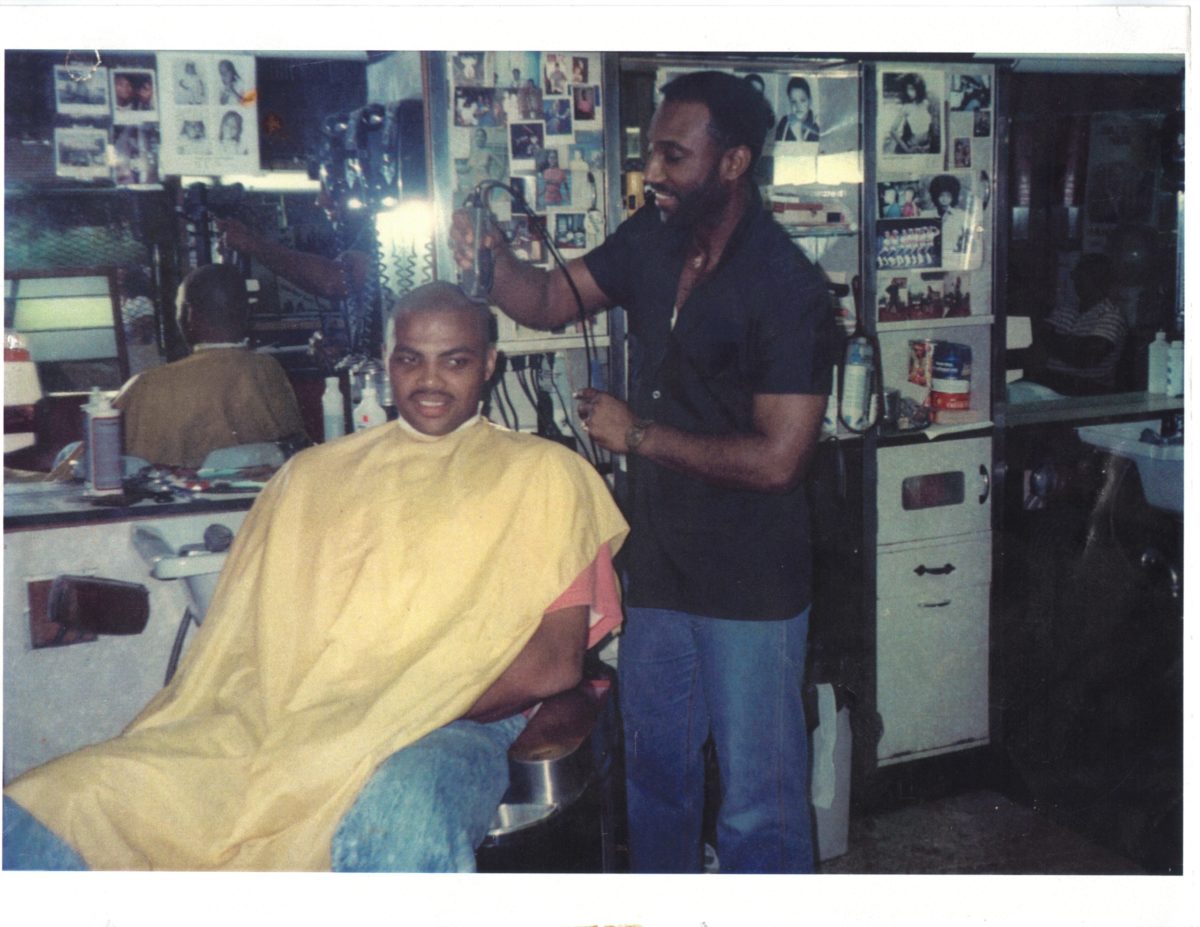The barbering industry plays a significant role in personal care and self-maintenance. Nonetheless, it is vital to prioritize the wellness and security of both clients and barbers in this setting. Effective sanitation and safety regulations are crucial for maintaining hygiene protocols, preventing incidents, and ensuring a favorable interaction for all parties involved. By adhering to these guidelines, professionals can establish a safe environment that encourages trust and comfort among clients.

A single key component of well-being and hygiene in grooming is sanitation. Barbers must comply with rigorous cleaning practices, including regular cleaning of equipment and stations. This includes disinfecting shears, clippers, and brushes after every use to remove the possibility of spreading bacteria or infections. Moreover, barbers should use clean gowns and linens for each individual to promote a sanitary environment. Applying these measures not only safeguards clients but also boosts the credibility of the barbering establishment.
An additional important regulation focuses on the proper management of substances used in important link styling services. Items such as hair dyes, chemical straighteners, and other styling agents can pose hazards if not handled properly. Stylists must adhere to safety guidelines for the storage and application of these products to prevent dermal reactions or sensitivities among customers. Using gloves and providing adequate ventilation during treatments are essential measures that barbers should implement to protect customer well-being while offering quality services.
Accident prevention is also a vital component of health and safety requirements in barbering. Salons should be arranged with precaution in mind, reducing dangers such as wet surfaces or cluttered workspaces. Staff should be trained in emergency procedures, including how to manage cuts or thermal injuries that may happen during treatment. Supplying medical supplies and confirming that all team personnel know their placements is an effective way to anticipate unexpected incidents. By emphasizing preventative actions, practitioners can maintain an atmosphere where patrons feel secure and well-attended.
Lastly, clear interaction published here is key to ensuring customer safety in the grooming profession. Barbers should engage with clients about their needs and any potential risks associated with the treatments offered. This includes discussing sensitivities to chemicals or prior negative experiences reported by individuals. By encouraging honest dialogue, professionals can build trust with their clients while delivering that they get customized attention aligned with their unique needs. Ultimately, prioritizing health and safety standards will result in enhanced customer experience and a successful barbering business.